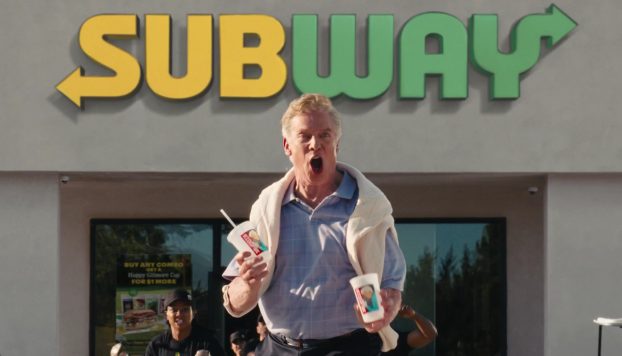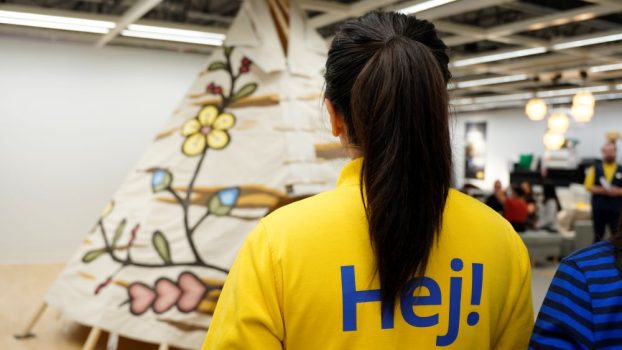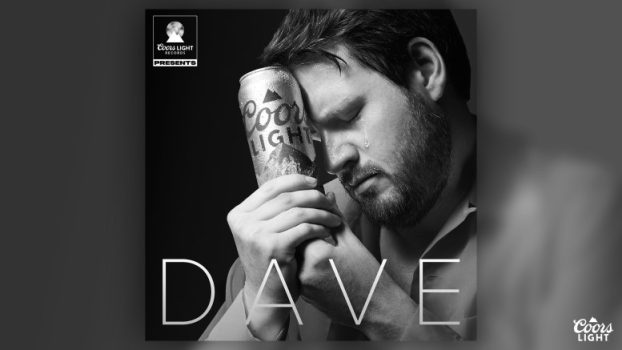As lockdowns are reimposed across the country and Canadians remain wary of spending too much time in store, new technology could be an opportunity to bridge the gap between shoppers wanting to stay safe and their desire to explore stores for their purchases.
This week, grocery delivery player Inabuggy launched a 3D virtual shopping portal, partnering with premium grocer McEwan Fine Foods to let shoppers browse shelves without stepping foot in its North York location through an interface similar to Google Street View.
Inabuggy’s CEO and founder, Julian Gleizer, tells strategy it’s about making the customer feel the actual experience as if they were in store.
“It’s been talked about in the retail space for many years, and we wanted to take it to the next level and bring it to life,” Gleizer says, adding that it is meant to feel like a premium experience for the customer, giving them a close-up view of items.
McEwan is where the software was beta-tested and is being piloted, but Gleizer says Inabuggy is in discussions with other retailers for a more national rollout. The brand currently delivers fresh from the likes of Walmart, Metro, LCBO, as well as specialty grocers like Organic Garage, Rabba’s and Longo’s, depending on the location.
Gleizer adds that Inabuggy is also working directly with a number of CPGs – which have been working more closely with delivery services this year to make their products stand out on the increasingly popular platforms – to find ways for the virtual shopping platform to enhance the ability of brands to stand out, beyond a promo and a thumbnail image.
Meanwhile, for those who do want to go in-store but want to make the experience as efficient as possible, retail technology company Spot It has launched its mobile app and desktop experience, a digital marketplace that allows shoppers to plan out their trips ahead of time in a top-down map. It shows users where to find specific brands or products, as well as where deals are located within the store.
Spot It’s founder and CEO, Caleb Opersko, says it first built a rudimentary navigational platform during COVID that was meant to make store employees more efficient, but saw an opportunity in making it consumer-facing by increasing functionality and making it more intuitive. The new tool allows shoppers to shorten their browsing time within the store, minimize contact and follow proper social distancing measures. And Spot It is also linked to value, letting users design their trips by category or by pointing to aisles where there are promos.
With store maps for over 100 Ontario stores currently available (the map for a Toronto-area Metro is shown above) and over 500 searchable items displayed on each map, users can access the Spot It platform on desktop and the new mobile app.
Whether it’s Spot it or mapping technology in general, Opersko says it’s important to make the in-store shopping experience more convenient.
“I do believe that it’s something that needs to be there in the physical retail space going forward, because we’re still talking about stores with 100,000 square feet, hundred of aisles and no easy way to navigate that,” Opersko says.
One of the benefits to brands is the analytics. Through heat mapping, retailers can track consumer behaviours, fine tune merchandising and provide employees with valuable store insights to aid in customer service. This means a brand can push through large amounts of data, visualized on the same store layouts.
Grocery stores are not ready to be ecommerce depots right now, Opersko says, and the element of discovery is still very important in the category, as opposed to something like tech or hardware, where consumers are usually looking for something much more specific. He says the technology helps with impulse nudges, as it’s breaking down barriers to go see that product.
“In grocery, you’re going to find interest is based in the broader category, instead of a specific product,” Opersko says. “It’s more about creating experience over a basket of goods or multiple products.”


























